Raising ducks (especially ducklings) is easy, and ducks are some of the most entertaining and useful livestock you can add to your farm!
We started to raise ducklings in hopes they would begin to lay eggs once they matured. As you might know, I’m a big believer in keeping more than one type of poultry!
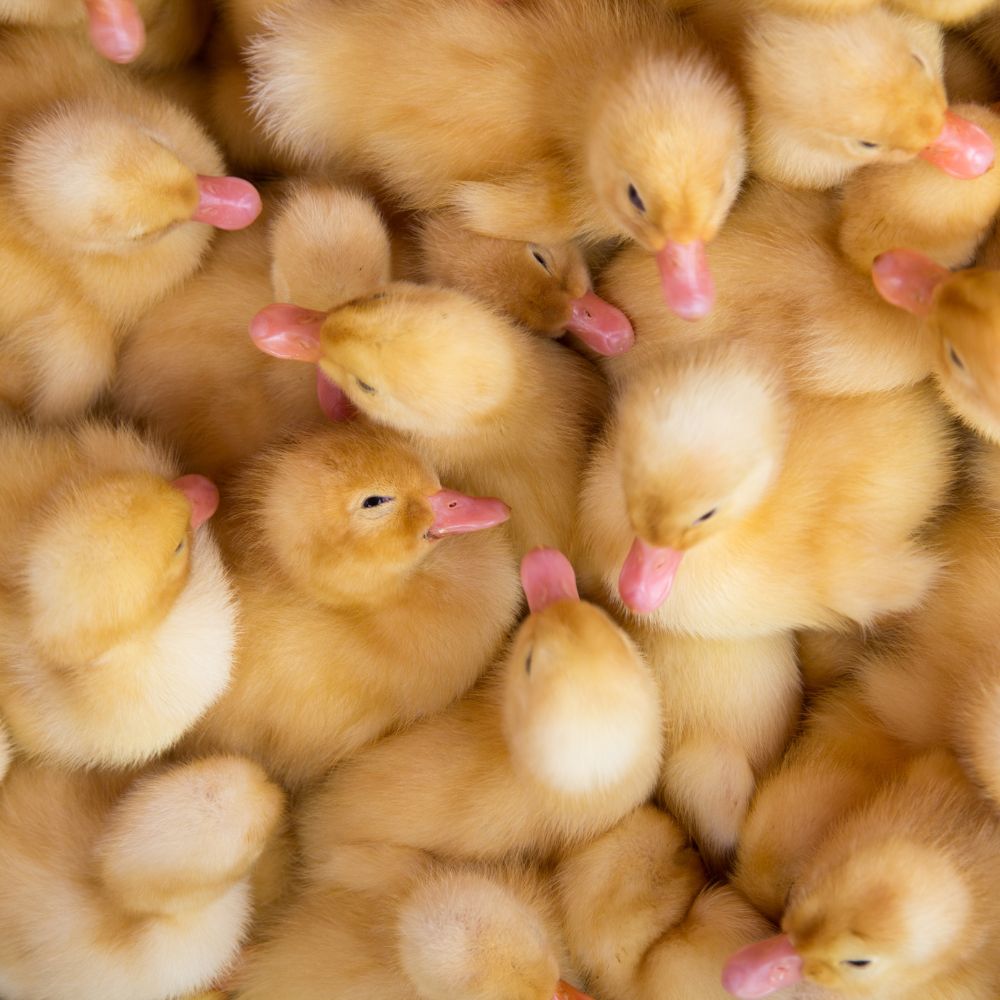
Ducklings also are a nice accompaniment to chicks you might raise in the spring and can do just as much work in your garden when they mature.
Until they mature and lay eggs, ducklings can forage and help keep the bug population down. I think you’ll find that if you raise ducklings, they will be very cute, and provide hours of entertainment.
They’re easy, low-maintenance animals that will provide eggs when they’re ready.
Table of Contents (Quickly Jump To Information)
Decide What Breed To Buy
There are so many different duck breeds to choose from, so I won’t cover them all. I’ll talk about the breeds I have experience raising, their histories, and why I like them. You can buy them from hatcheries online, local farm stores, and local breeders.
Pekin Ducks
Pekin ducks are possibly the most popular breed of ducklings to raise in the United States. They’re the white ducks you see everywhere.
Pekins originated in China, and immigrants brought them in the mid-19th century. They quickly gained popularity as a breed of ducklings to raise in the US because of their hardy, useful natures.
They’re a good dual-purpose breed and lay eggs consistently. We’ve chosen Pekin ducklings to raise in the past, and they were easy, low-maintenance ducks.
Indian Runner Ducks
Indian Runners are excellent ducklings to raise and are highly prized for their wonderful pale green and white eggs. Runners are foragers and great layers. They can lay around 180-200 eggs per year.
Runners generally are not suitable to raise for meat because the males top out at 5 pounds or so. Their value lies more in their eggs.
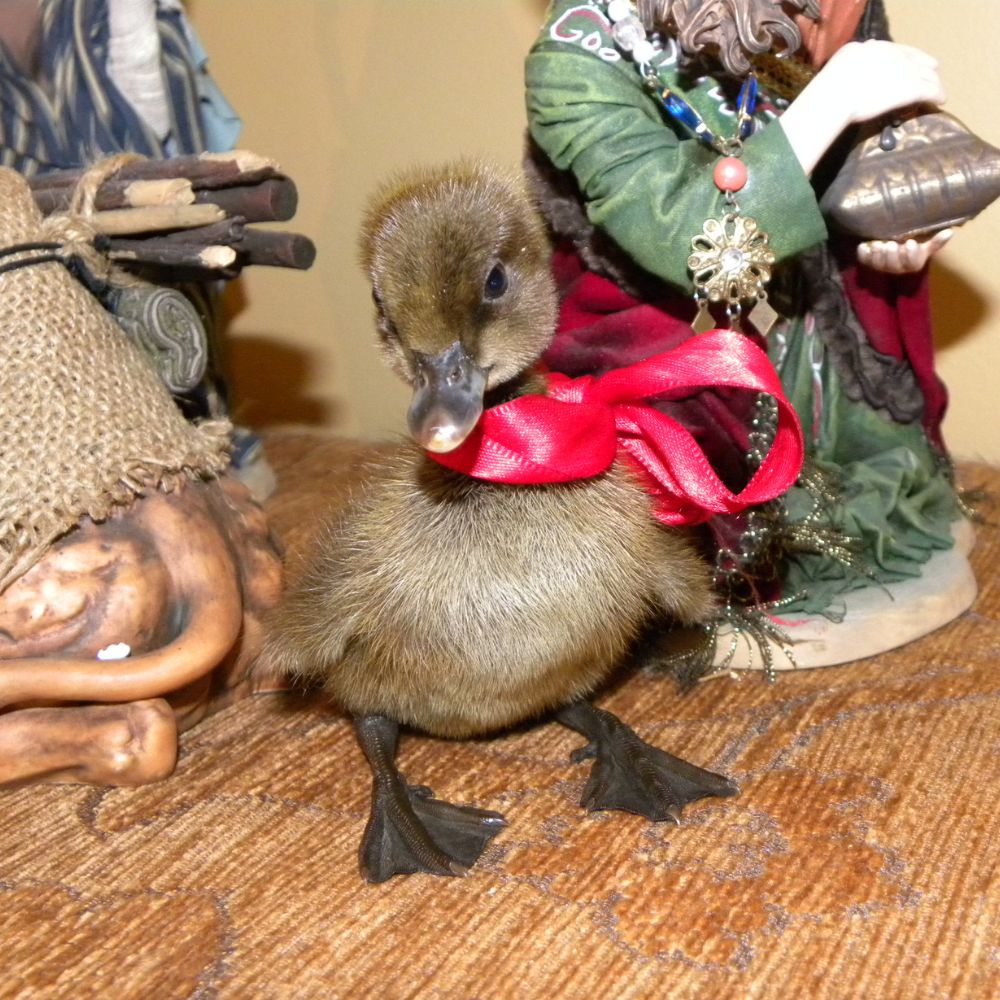
Khaki Campbell Ducks
We have a few of these on our farm, and they lay nice white eggs regularly. They’re also very pretty!
Named after their developer, Mrs. Adah Campbell, these are the breed of ducklings to raise if eggs are your priority.
Laying around 300 eggs a year, Khaki Campbells were developed by breeding Mallards, Runners, and Rouen ducks.
They’re good foragers, and only weigh 3-5 pounds fully grown.
Raising Ducks
Purchasing and Transport
Step one in learning how to raise ducklings is to choose ducklings at the breeder or feed store (or wherever you happen to source them).
You want healthy-looking ducklings to raise that are active, curious, and free of poop on their bottoms.
If you’re buying your ducklings locally, be sure to keep them warm on the ride home, and provide an appropriate container for transport. Anything from a cardboard box to a cat carrier will work (our cat carrier gets lots of use!), as long as it’s solid and has a way to keep them inside. I personally use a cat carrier when transporting ducklings I’m bringing home to raise.
Keep them warm by keeping the heat in your car turned on if it’s cool outside. Their down will provide them with a certain amount of warmth as well, but not a ton.
Because your ducklings will likely experience some stress from the move, keeping them warm will make sure they arrive home in the best shape possible.
Put something on the bottom of your box or carrier to catch any poop/pee, and to give them traction. In a cat carrier with no lining, they can easily slip.
Your goal is to make the ducklings comfortable so they are less stressed during transport.
I’ve purchased poultry through the mail successfully, and most hatcheries want their birds to get to you in great shape. But if you’re concerned about travel conditions, you’re best off buying your ducklings close to home.
I purchased my ducklings about an hour away from my house, which ensured their ride home was as short as I could make it, and my ducklings arrived in good shape.
Necessary Duckling Equipment
If you want true success in raising ducklings, there’s some equipment you will need.
If it’s still cool outside, you’ll need a heat source and a duckling brooder and a thermometer. We usually wait until warm weather – above 80 all the time – so we can skip the heat source step.
In my experience, the number one killer of young ducklings is getting too cold, so giving them a place to warm up is very important. They need to be extra warm, especially during the first week of life.
It can be very helpful to have a heat lamp for ducklings. The type of bulb you need depends on the time of year, and where you will keep your ducklings.
During the winter, I raise my ducklings inside when it’s cold, and use a heat lamp for ducklings if it’s really cold outside (we have a drafty house) or a 75-watt bulb if it’s spring, and 60 degrees or so outside.
To be honest, I prefer using the 75-watt bulb; the heat lamps get too hot, and if they fall, they can lead to a fire. It’s not ideal if a 75-watt lamp falls, but the metal lamp surrounding the bulb doesn’t get very hot, so a fire is less likely.
I especially make sure the ducklings have a warm place to go if they’ve been swimming. Maybe they’ll need it, or maybe they won’t, but it’s better than ducklings getting too cold.
I put the heat lamp in one corner of the brooder, and let them decide when they want to use it. Happy ducklings wander around and are curious, so let that be your guide to determine if they’re warm enough. If they start panting, your lamp is too hot.
Your brooder can be as fancy or as basic as you like. I use a big plastic tote because they’re cheap and easy to clean, but you can make a brooder out of wood or metal as well. It just needs to be sturdy and safe for your ducklings.
Most people use shavings in their brooder. I use shavings, and sometimes I add some hay or straw. Be sure you use larger flakes because ducklings have a tendency to taste the smaller shavings or the shavings can become mixed with their feed. Pine shavings are a great choice.
You will also need a waterer and something to keep their food in as you raise ducklings. Equipment for chickens is fine, as long as the ducks can eat or drink from it, and keep their nostrils clear. Even a simple water bowl can work, but they will splash water EVERYWHERE.
It’s best to allow them to have a deeper dish of water so they can easily dip their bills in.
Duck Feed
It’s best to go with poultry feed with about 22% protein. It is not recommended to use medicated feed for ducks.
Chick starter isn’t a good choice since ducklings have different nutritional requirements (such as important niacin requirements) and chick starter doesn’t have enough vitamin B in it. You’ll run the risk of your ducklings developing leg issues – and this is a very real issue, so please don’t give your ducklings chick feed.
You can add brewers yeast to chick starter to supplement the nutritional needs. Here’s a great option.
Be sure to make the duckling feed available all the time.
Providing a Pool
One of the most fun things you’ll get to do as you raise ducklings is watching them swim and play in the water.
Although it isn’t strictly necessary to provide a pool, I provide one for my ducklings on a limited basis because I think it’s healthier and natural.
You can provide a small pool, which they will use to play and clean themselves. Beware that they WILL make a mess.
Be sure the water isn’t too cold and you watch them for signs of hypothermia. Remove them if they start quacking and trying to get out, and generally looking like they’re not having much fun anymore.
Ducks are very messy when they have water to play with; I have seen backyards become muddy piles of muck by ducks in a short time.
They will need a separate water dish for drinking because they dirty up their pools quickly. Ducks need to be able to dip their entire heads into the water to keep their eyes and nose clean.
I don’t recommend allowing your ducks to live on a pond. They can’t fly like wild ducks because they’ve been bred to be heavier (and in some cases, their wings have been clipped), and they can’t defend themselves against predators.
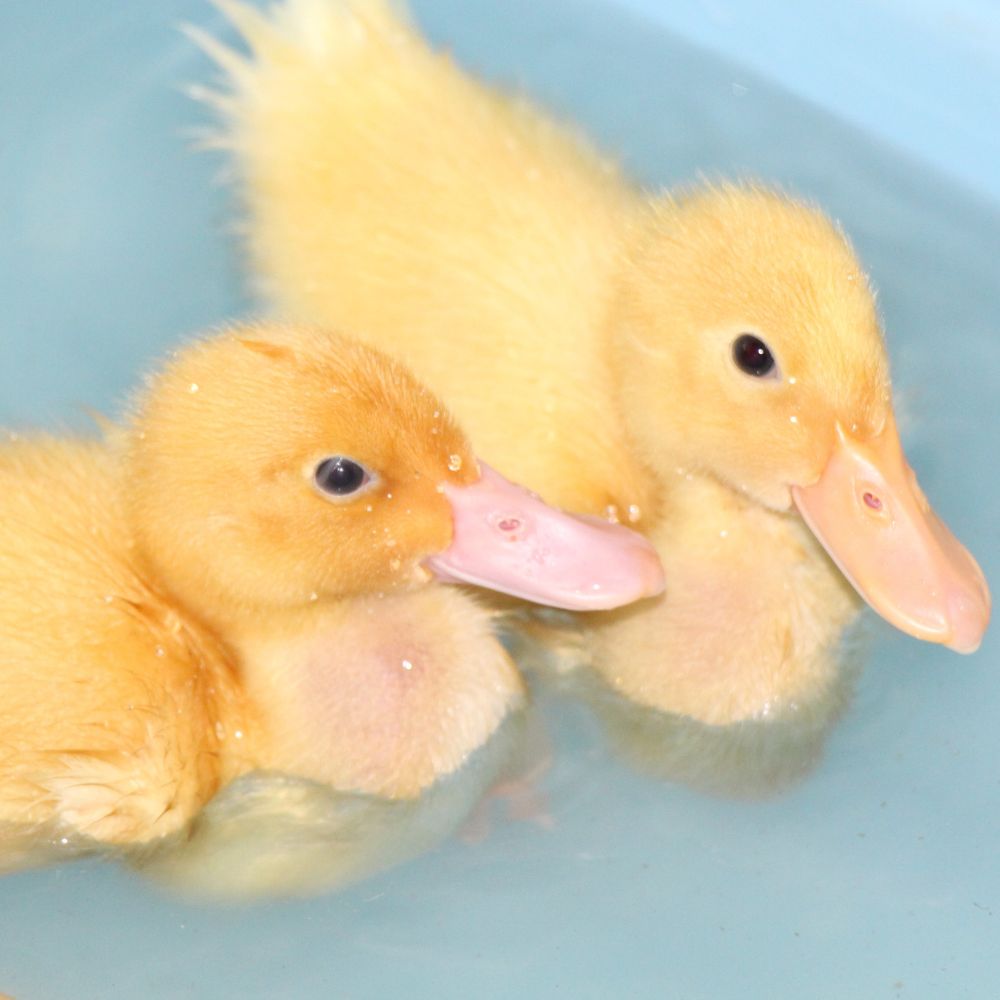
Shelter
At some point, you’ll want to move your ducklings outside, and they’ll need shelter. Be sure to give them a shelter that will protect them from predators and inclement weather and heat, and give them enough room.
I wait until mine have feathers before moving them outside in the spring. During warm weather, they’re allowed to go outside but brought back in at night so they stay safe.
If you’re going to let your ducklings free range, the space requirements are a little different than if they’re cooped in a run.
I don’t recommend free ranging your ducklings unless you want them picked off by predators. I use a tractor so they can get around to different areas without being exposed.
One thing that’s worked well for us is keeping our ducks with our goat. I firmly believe we haven’t lost any ducks because the goat is large enough – and we have small predators – that she scares off any carnivores looking for a midnight snack.
Ducklings kept in a run all the time will need about 10 square feet of space each, so when you plan your duck house, consider those space requirements.
Your shelter can be as fancy or as basic as you want, and you can keep your ducks with chickens if you only want one coop.
I’ve seen duck houses made out of chain link fences and tarps, and I’ve seen children’s playhouses repurposed as coops. As long as they can stay dry and away from predators, any shelter will work.
Our duck house isn’t anything fancy (it’s actually a repurposed shed), but it works well and keeps them dry and warm!
More Resources on Raising Ducks
- Lavender Springtime Treat Mix for Chickens and Ducks
- Do Ducks Molt? Here’s What You Need To Know
- Building a Duck House in 1 Hour With Recycled Materials
- Pet Ducks – Good or Bad Idea?
- Call Ducks – Adorable, Miniature, Irresistible
- 16 Duck Breeds For Colorful Eggs!
- Duck Eggs: Nutrition & Buyer’s Guide
Maat van Uitert is a backyard chicken and sustainable living expert. She is also the author of Chickens: Naturally Raising A Sustainable Flock, which was a best seller in it’s Amazon category. Maat has been featured on NBC, CBS, AOL Finance, Community Chickens, the Huffington Post, Chickens magazine, Backyard Poultry, and Countryside Magazine. She lives on her farm in Southeast Missouri with her husband, two children, and about a million chickens and ducks. You can follow Maat on Facebook here and Instagram here.


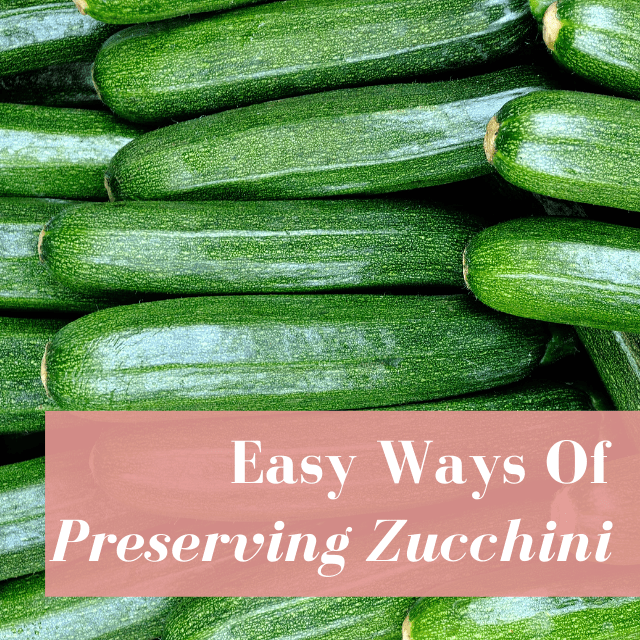
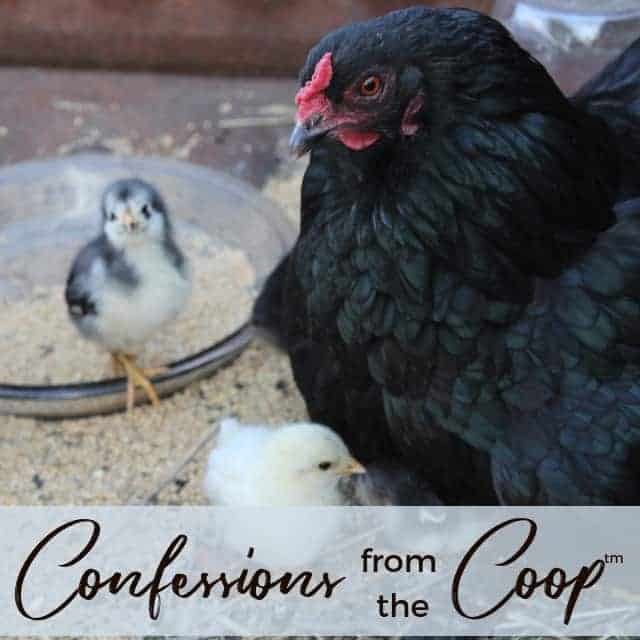
![A Cluckin’ Good Time: Episode 1 [Live Stream]](https://thefrugalchicken.com/wp-content/uploads/2016/11/a-cluckin-good-time.jpg)

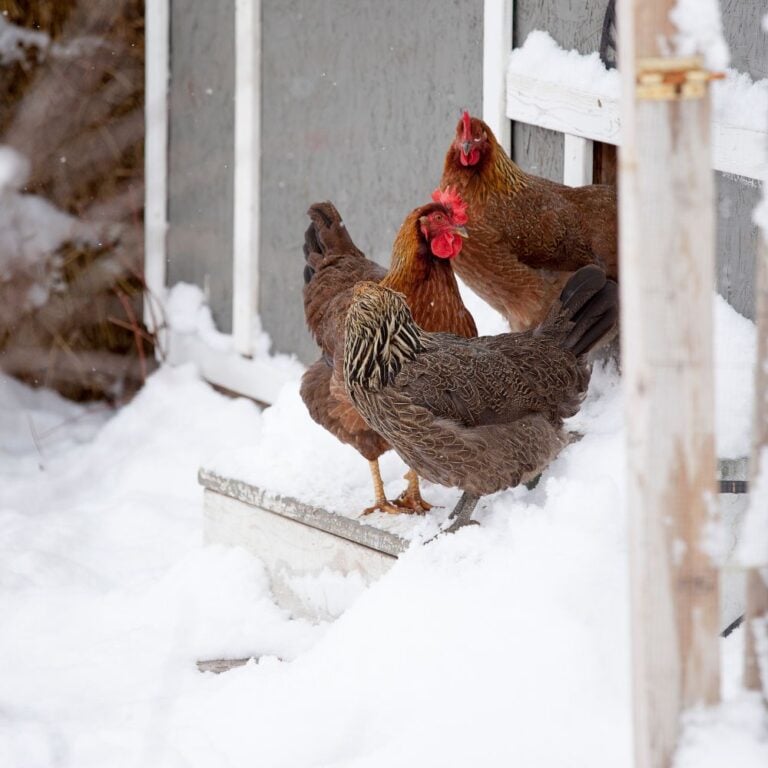
Lots of great information here! I don’t have any plans – nor place – to raise them right now, but have been around them in the past and they were lots of fun! Plus they are so cute, and then beautiful. Best wishes!
Great post! Thank you for sharing all these good to knows about raising ducklings. Since I live in an apartment I can´t do this. But maybe one day when I own a house and a yard I will be able to. Beside being adorable ducks are valuable pest control and egg providers. I love animals and those little fluffy ducklings made me go “awwww!”. I pinned it from the Ultimate Pinterest Party board.
Glad you like it! I know what it’s like to to want ducks while living in an apartment! I lived in a condo for years.
Good to know! Pinning to share!
Thanks! Glad you like it!
Oh they’re so cute! I’ve contemplated adding ducks to our homestead. I think I’ll wait until the 11 chicks in my loft are out of the brooder at least! Thanks for sharing on the Homestead Blog Hop!
Oh my goodness. I want ducklings!! I wish we could have them. So cute!!
Thanks! Glad you like the photos!
Thanks this was very helpful I have chickens and recently got baby ducks. I’m going to keep the chickens and ducks together when their old enough.
Hey there I really enjoy your podcasts for the chicks could you point me in the right direction for raising ducks
I have 5 chicks, 2 ducklings, and a 3 yr old Hen. Being the oldest she is named Mama. The ducks are Pekin Easter babies as are the chicks. We adopted them as Easter was over and they needed a good home. The ducks have a pool from the farm store, intended as a waterer, I think. They love drinking from it and also playing in it. We keep it available at all times; hopefully, to prevent them wandering to a nearby small river. The ducks are in and out of the chicken coop and run. They all re living in harmony They are such fun! I thoroughly enjoyed your article about ducklings and chicks. Thank you so much for great information. I will be checking this site frequently!
I’m a little confused on the feed. You say to stay away from feed above 20% protien and especially chicken layer feed. Is that only for the ducklings? Or does staying away from chicken layer feed apply to adult ducks as well. We have 2 ducks that have just started laying and I’ve been feeding them our chicken layer feed. Is that a mistake?
Hi Sharon, it’s okay to give adult ducks layer feed. If you’re concerned, you can switch your ducks to an all flock feed.
Great introductory article. Gave me a list of to-do’s and to get or makes. And several things to think about. I am renovating my small in town property (including the 100 year old house) to be a permaculture haven. Some kind of animal was my next step and after much debate, research and thought…I decided on ducks. I have two Khaki’s ordered, coming at the end of the week. I have my cat carrier ready and my list of must get at the grange store while I”m there for these little critters who’s job it will be to 1. entertain us with their duckling antics until they are big enough to 2. eat slugs in the garden (via movable “tractor”) 3. provide eggs,hopefully and utilize the backyard pond for daily exercise and fun. I live in Oregon after all, great weather for ducks!